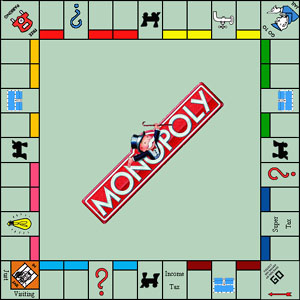
(TSXV: WFLD) (FRANKFURT: K8D) (the " Company" or " Wellfield"), is pleased to announce that it has introduced a cash balance incentive feature to Mone圜lip. 7, 2022 /CNW/ - Wellfield Technologies Inc. The introduction of this feature is the first step in the evolution of Mone圜lip toward traditional finance offerings powered by blockchain and DeFi infrastructure. Magnets shouldn't have any effect on radio transmissions or RFID.Follows on the Company's December 2021 announcement that it had concluded its initial period of rigorous testing of the Mone圜lip app (" Mone圜lip") in partnership with early users and launched a critical growth phase. While this is all very interesting, it’s not really related to magnets or magnetic clasps. These wallets are supposed to block the radio signal from an RFID enabled card from getting out of your wallet. If you’ve been wallet shopping lately, you’ll find some that offer RFID shielding. Learn more about whether two magnets or a magnet and a piece of steel is right for you in our previous article, Magnets vs. All of the examples we've seen use two magnets. Also, a magnet-to-steel setup doesn't center nicely like two magnets do.Ī two-magnet solution seems to be the way to go. You’d need a much larger magnet to get the same strength, which cancels out any advantages you hope to see with a one magnet solution. Perhaps too strong unless material is very thick.Ī sewing magnet with integrated steel cup, provides some shielding and stronger strength on one side.Ĭan I use a magnet on one side and a piece of steel on the other? Though the steel is nice for shielding, we find that the pull force across a gap isn’t nearly as good with a magnet-to-steel setup. Same size as the BX081 with a little more strength. We used this magnet in the blue folder demo. Experimentation is key to getting the right feel. It held well, though not quite as strong.Ĭonsider trying a few different magnet options for your project. To simulate this, we added a 0.050” stack of PostIt notes on top of the 0.010” thick card stock – that’s about like 1/16” thick leather.

With thicker material, you might want thicker magnets. This has several advantages: you get more strength from the magnets, you potentially avoid issues with credit cards by shielding some of the magnetic field from reaching outward, and it sticks much less to steel surfaces on the outside of the wallet or money clip. When we added two layers of steel on the outside of the magnets, we felt even more strength. Of course, the card stock we used is much thinner than their leather. That’s a thinner magnet than what we found in the money clips we took apart. In the rough prototype we made in the video, two 1” x 1/2” x 1/16” thick BX081 magnets felt nice. The force you feel between the two magnets depends on the distance. In between your two magnets, you’ll have at least two layers of material (leather?) and some amount of cash. Adding a layer of steel blocked the fields nicely, but does add weight to the wallet. We found that some of those off-the-shelf clips and wallets are probably OK with durable, high coercivity cards, but can erase the low coercivity cards like hotel keys or subway passes. We measured the field strength in a few of them, and then tested them with high and low coercivity cards. Naturally, we had to get our hands on some magnetic money clips to test. Keep the magnets a safe distance away from the stripe, add a layer of steel between the magnet and the card, or both!ĭo not put credit cards between the two magnets! The field is very strong there. With either card type, use distance or shielding to avoid scrambling the stripe.

It’s easier to erase a low-co card (~300 gauss) than a hi-co card (~4,000 gauss). There are two types of credit cards: The low-coercivity cards used for hotel keys, subway tickets, etc., and the more durable, high-coercivity cards used for bank and credit cards that get more long-term use. We talked about this phenomenon in way too much detail in our earlier article, Credit Cards and Magnetic Stripes.

It's nice if your wallet doesn't erase your cards! While many payment processors are using the more magnet-proof chip, the old magnetic stripe is still used. Magnetic fields can scramble the data on a credit card’s magnetic stripe. High coercivity cards are usually black or silver.


 0 kommentar(er)
0 kommentar(er)
